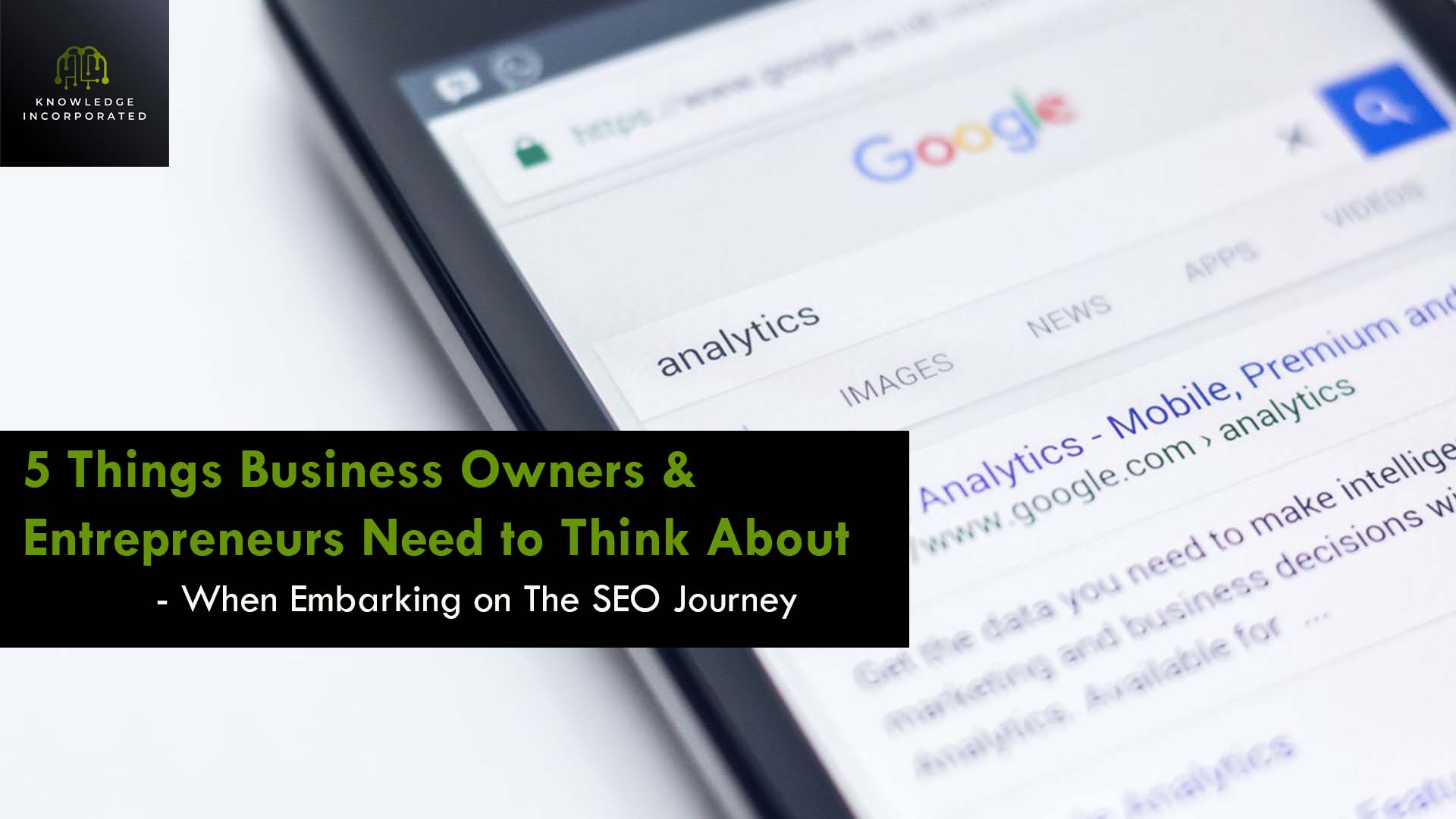With the increased importance of technology in business and the…
Digital Transformation isn’t just about acquiring and implementing the latest technology

Welcome to 2022!! It’s a new year filled with apprehension, excitement and potential; just to name a few of the emotions we are likely to be experiencing as we arise to the dawn of the year ahead.
The last few years have been a very weird one; amidst the pandemic, people and businesses alike having to work virtually, organisations are having to revisit their business and operating models to ensure they are sustainable and viable moving forward.
In all of this, one of the phrases currently making a new play for the headlines, even stronger than before is “Digital Transformation”, which over the last few years, has been one of those buzz words that have randomly and increasingly been thrown around and fads businesses jumped on.
With organisational or business goals being planned ahead of the upcoming financial year, digital transformation agendas will most likely feature more in strategy planning meetings and financial budgets, giving many institutions a sense of progression towards improvement in keeping with the times. At one extreme are businesses looking to cut down on travel overheads and improve efficiency, while at the other extreme, are organisations purchasing new solutions and forecasting a silver bullet to all their business problems and potential advantages. With this in mind, we see so many digital job titles springing up these days, so much so that it’s almost impossible to understand what the roles are related to, but one thing is certain; it will be almost impossible to have a non-digital business in the very near future.
Lately, there have been many executive conversations that have concluded with technology being the sole solution and driver for future business and in response, will most likely forge ahead as many of their predecessors have done in the past with getting their organisations on-board the latest technology train i.e. “best of Breed agendas” , but it is important to note that although on one hand, technology seems like a business driver, in reality; it is simply an enabler for the processes that the people will follow to generate the maximum returns and realise Benefits for their organisation.
Unfortunately, the enthusiasm for digital transformation easily becomes an archived agenda as organisations that are not fully abreast with the holistic requirements and implications of true digital transformation discover that it is much more than putting in a new digital software or hardware but already more and more businesses and organisations have an increased drive to go digital.
With the growing adoption of blockchain technology and now the launch of metaverse, who knows what opportunities the future will unlock for businesses that are digitally mature and agile to the ever constant changes in technology but based on my years of experience, Digital Transformation is really simple; it’s all about implementing valuable and useable digital technologies that enhance a business or organisation’s ability to deliver desired outputs and realise benefits and there is no time like the present to get onboard the gravy train.
Although simple, it is not as easy to implement in many cases because of the associated risks related complexity in existing models and processes already in operation in many organisations or complete lack of altogether, which could potentially leave them worse off than where they first started, if not executed properly.
So in a nutshell, digital transformation does not just rest on putting in new digital technologies, but it includes organisation and business leaders ensuring that the use of new technology has been considered holistically and collectively from the perspective of people, process, technology and ROI. Nothing really exists in isolation!
Below, I have outlined a few things executives and business owners need to be able to clearly define as they set out their transformation goals for the year ahead.
Key things to note:

- What is the strategic case for organisational change; i.e. what’s in it for the business, what are the benefits the business desires to attain.
- What is the annual running cost for that solution and how does this improve your efficiency and your bottom line?
- What are the current models and processes and what does lean and efficient business processes look like for the organisation?
- Who are the key stakeholders (users, knowledge capital, beneficiaries and desired experiences?)
- Finally, have the user requirements for the technology been clearly defined i.e. will it be easy for your people to use and manage?
In conclusion, whatever sector you work in; whether you are a large organisation or SME, the dependence on technology has come to stay. Therefore, when you decide to embark on your transformational journey, work with professionals to get you up to speed, allow time for audits and planning, ensure that clear governance structures are in place for timely and effective decision making and finally, keep an open mind; be ready for the unexpected, because somethings are not what they seem on the surface till you start drilling into it.




This Post Has 0 Comments